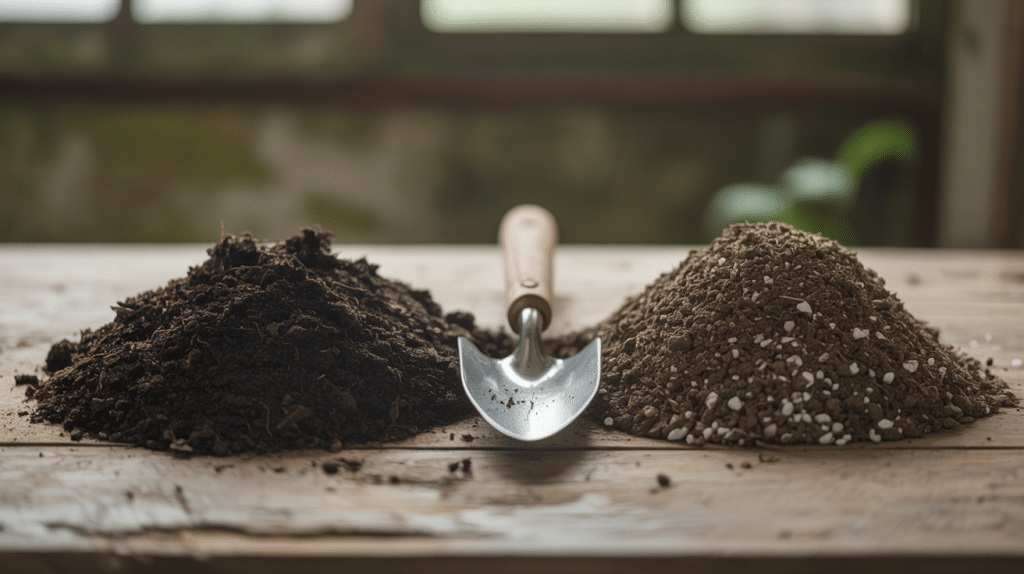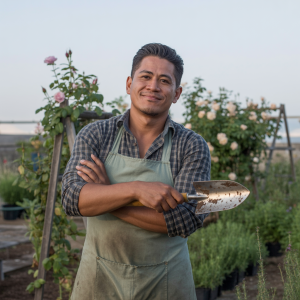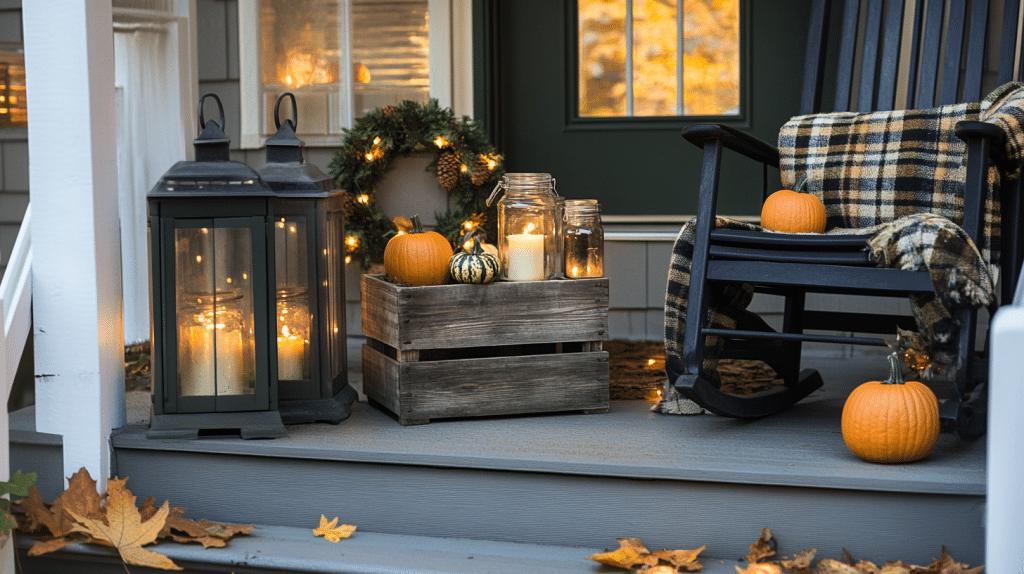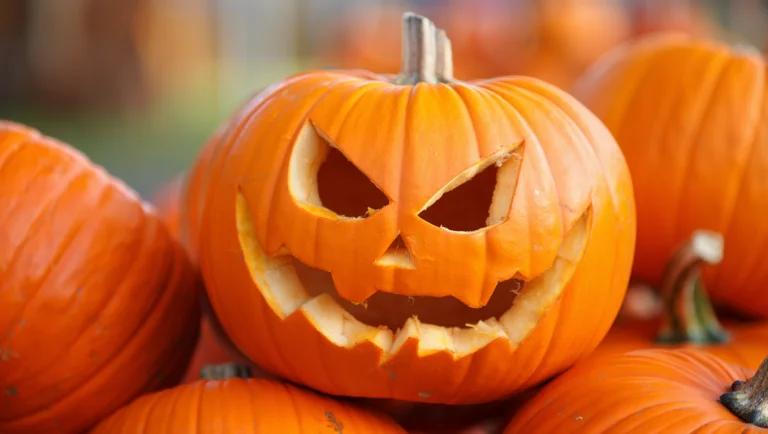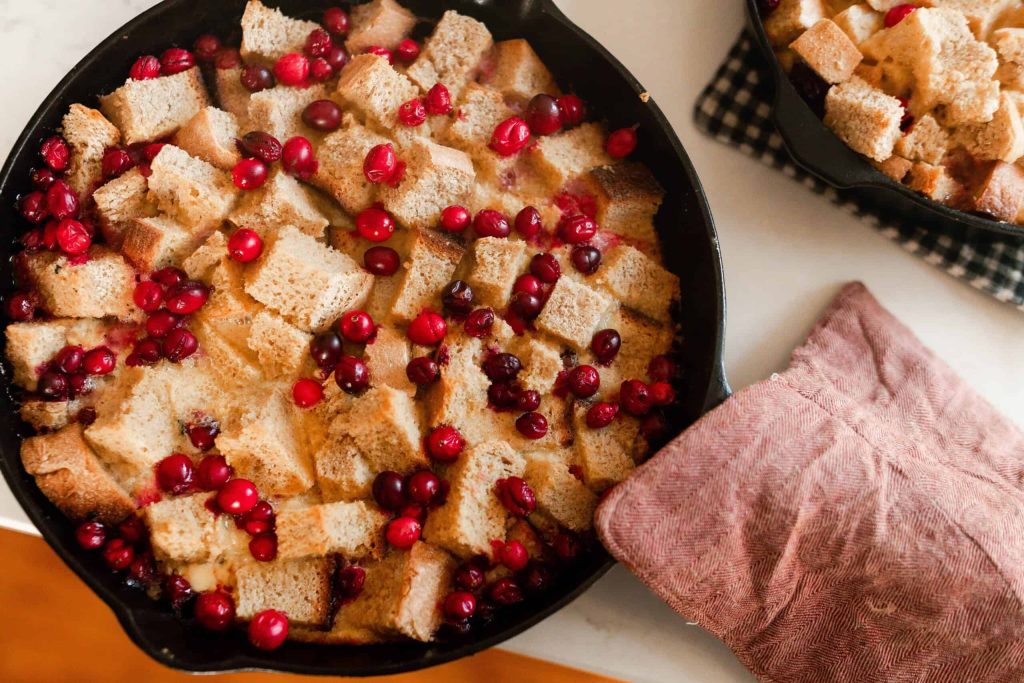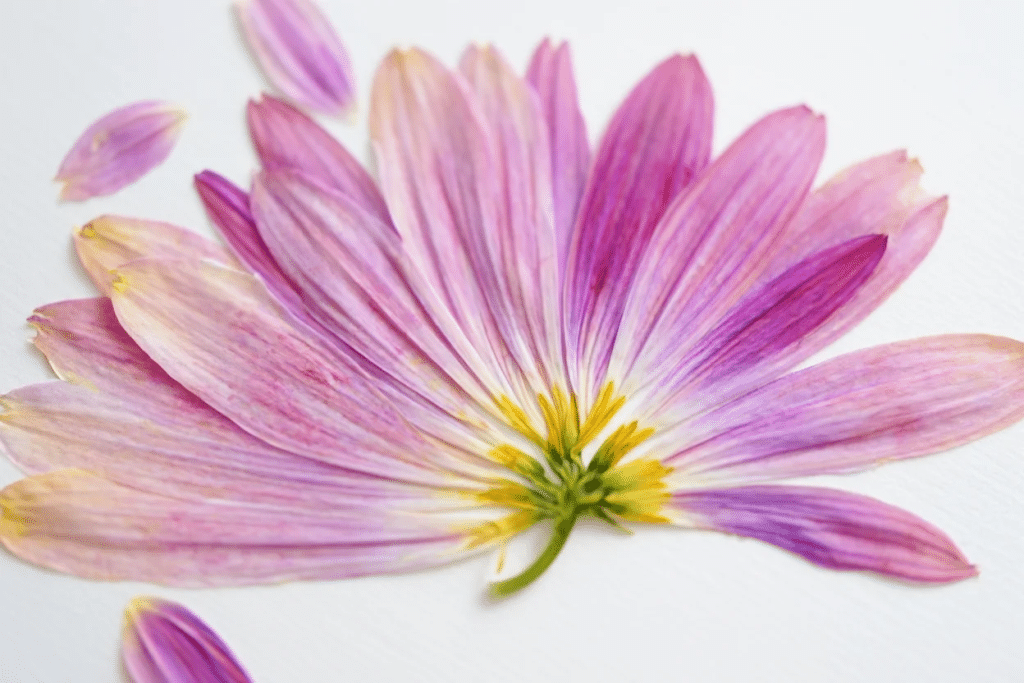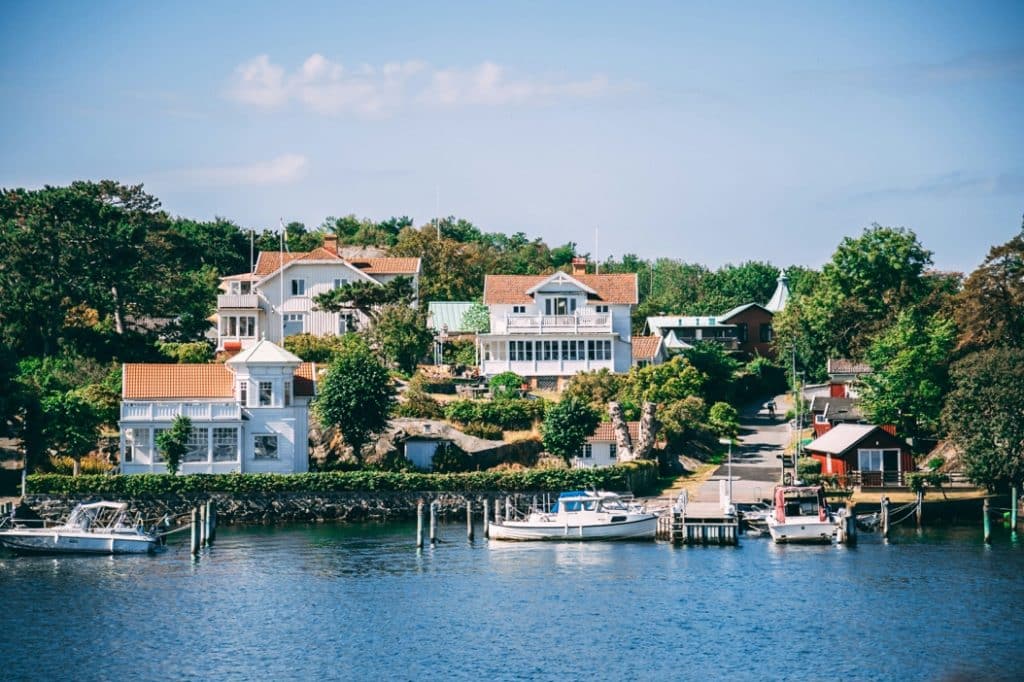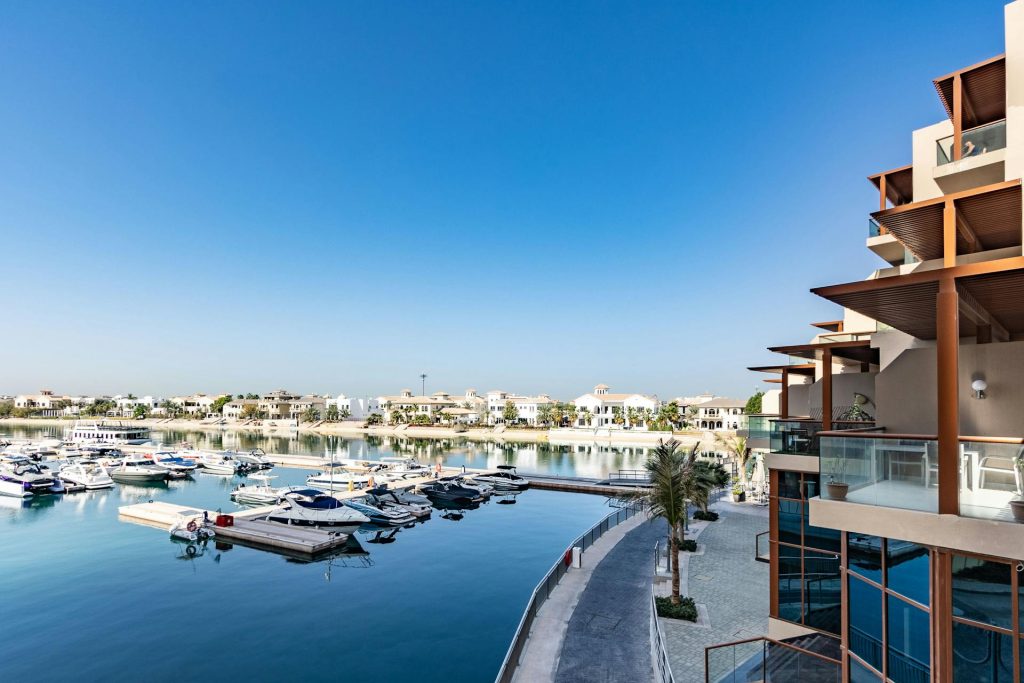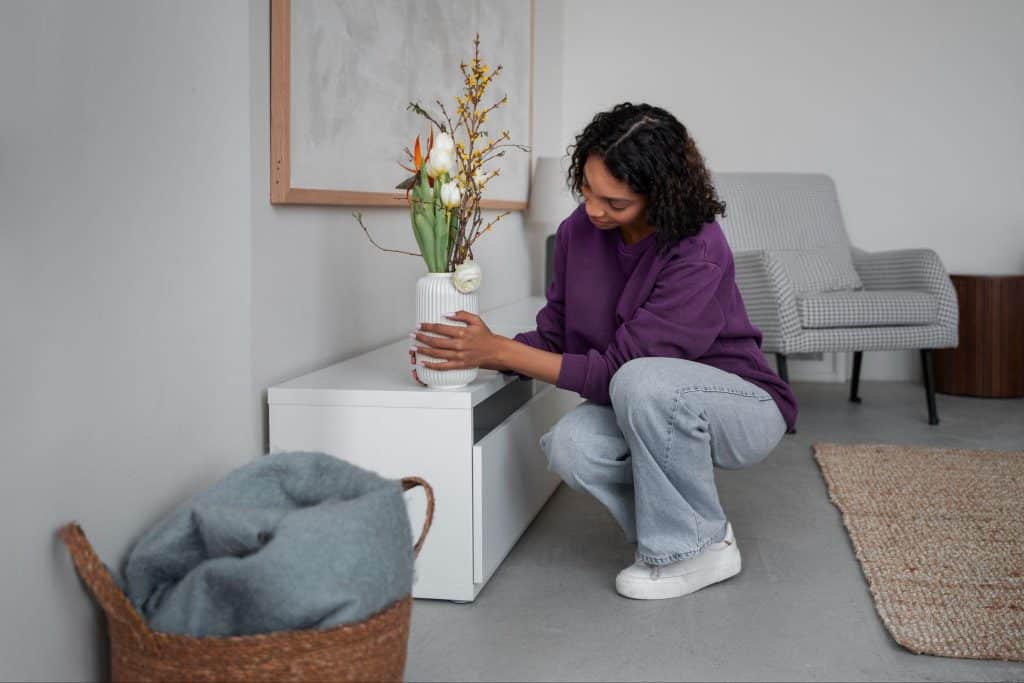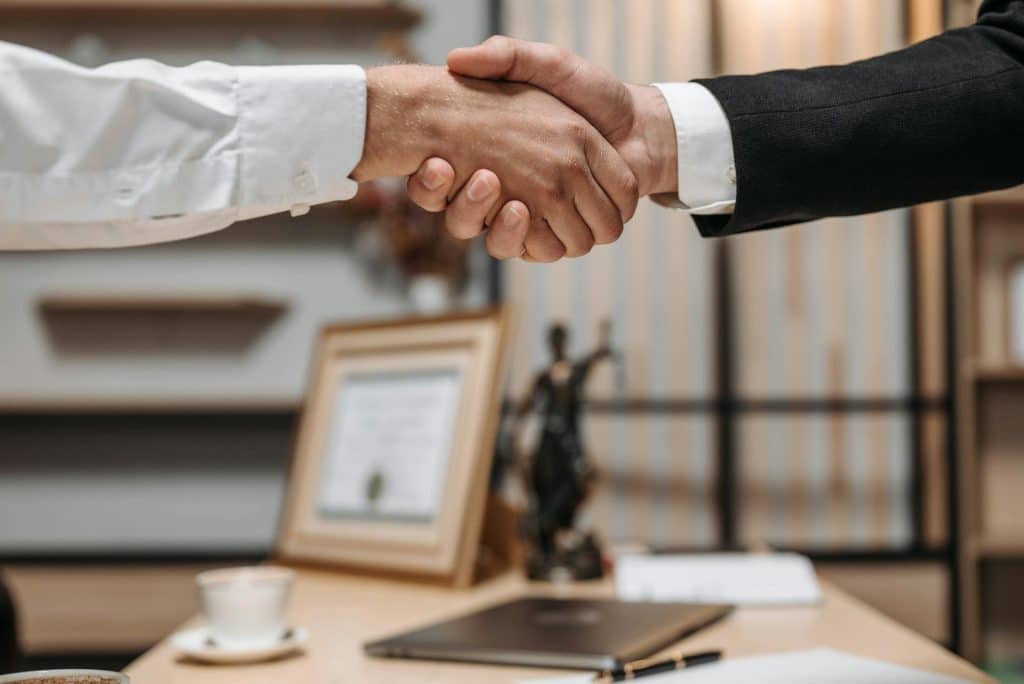Looking at bags of soil at the garden store makes my head spin. I’ve stood in the soil aisle many times, wondering if I need topsoil, potting soil, or both for my plants.
This mix-up has led to plant problems in my garden before. I’ve found that choosing the right soil isn’t as hard as it seems.
Understanding the basic differences between these two soil types has helped my plants grow better and saved me money on garden projects.
I’ll explain topsoil and potting soil, how they differ, when to use each, and tips for picking the right option for your plants. No more guessing at the garden center!
What is Topsoil?
Topsoil is the upper layer covering the Earth’s surface. It is a dark, fertile material that forms naturally from the decay of plants, animals, and rocks in the top 5-12 inches of undisturbed soil.
It contains soil particles like sand, silt, and clay, plus broken-down organic matter, helpful microorganisms, and nutrients.
When I touch it, the texture feels heavier and denser than other soil types. It clumps when wet and contains small stones or roots.
I use topsoil for filling low spots, building garden beds, adding bulk to existing soil, creating new lawns, and basic landscaping projects. It works best for outdoor projects where plants have room to spread roots.
What is Potting Soil?
Potting soil isn’t actually soil at all. It’s a man-made mix used for plants growing in pots and containers.
Companies make it by combining peat moss or coconut coir for water retention, perlite or vermiculite for air pockets, compost or aged bark for nutrients, sand for drainage, lime for pH balance, and starter fertilizers.
What makes potting soil special is how it stays loose and doesn’t pack down when I water.
It holds just the right amount of moisture without getting soggy, remains light for easy root growth, and drains well to prevent water from sitting at the bottom. My container plants rely completely on this mix for everything they need.
Topsoil vs Potting Soil Side by Side Comparison
When I compare topsoil vs potting soil side by side in my garden, here’s what I’ve noticed:
| Feature | topsoil | Potting Soil |
|---|---|---|
| Texture | Dense, heavy, drains slowly | Light, fluffy, and drains quickly |
| Nutrients | Low nutrients, needs fertilizer | Pre-mixed with fertilizers |
| Best For | In-ground gardens, yard leveling | Containers, indoor plants |
| Weight | Heavy, compact over time | Lightweight, stays loose |
| Cost | Less expensive, sold in bulk | More expensive, sold in bags |
Key Mistake I Learned: Using topsoil in containers causes poor drainage, heavy pots, and compacted soil that roots can’t grow through properly.
When to Use Each Soil Type in Your Garden?
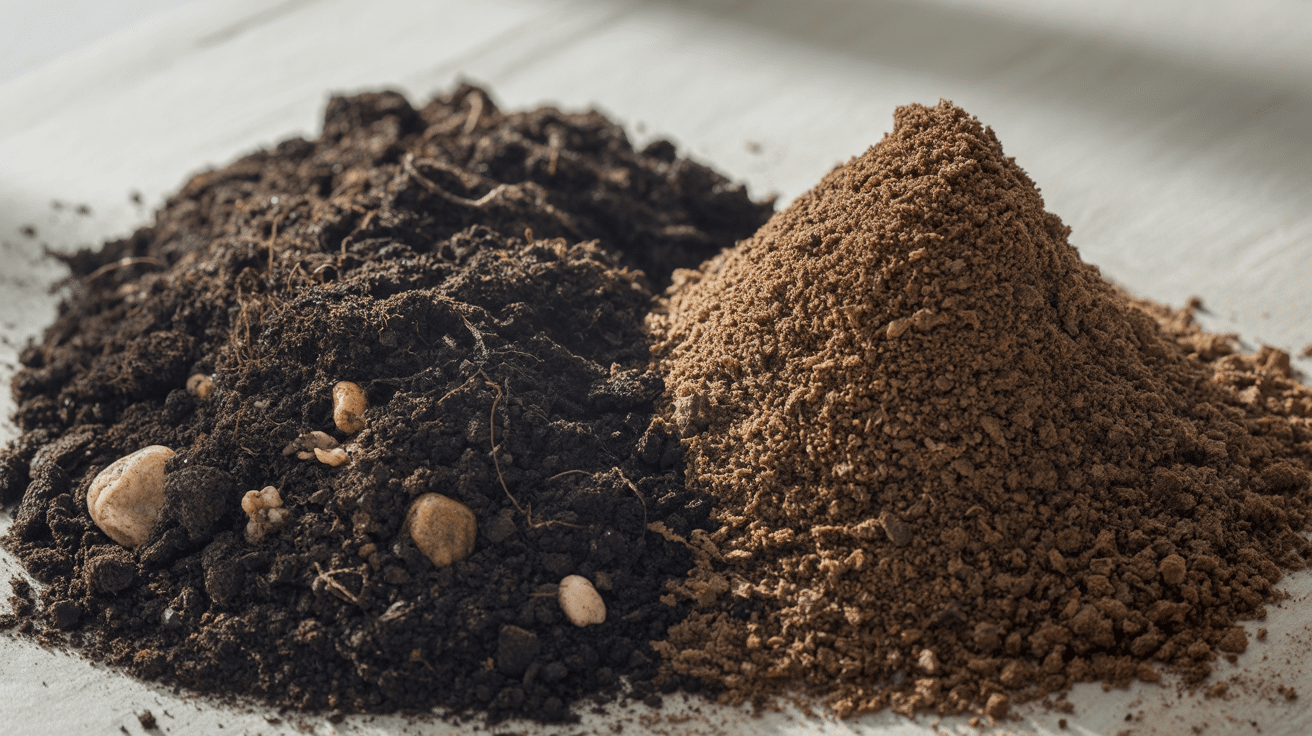
Knowing when to reach for topsoil versus potting soil makes my garden shopping much faster.
I’ve learned each soil type works best for specific jobs in my garden, and when I’ve used the wrong one, it has led to plant problems.
Top 5 Uses for Topsoil
1. Lawn Repair: I use topsoil to fix patchy or thin areas in my lawn. I spread a thin layer over bare spots, add grass seed, and water. I’ve found this soil provides a good base for new grass to take root and grow.
2. Leveling Ground: My uneven yard caused water pooling and mowing problems. I use topsoil to fill in low areas in my landscape. This creates a smoother, more level surface for better drainage and makes my yard maintenance easier.
3. Creating New Garden Beds: When I started my new garden from scratch last year, I used topsoil as the foundation. I laid down 4-6 inches over my planned area, giving my plants plenty of room to establish strong root systems.
4. Filling Holes: My yard occasionally gets holes. I use topsoil to fill in areas where I’ve removed trees, found animal burrows, or noticed natural settling. I like how it blends with my existing soil for a quick fix.
5. Mixing with Compost: I’ve found plain topsoil can use a boost. I mix it with compost in a 50/50 blend for my vegetables. This creates a richer growing medium that my plants love, with better nutrients and soil structure.
Top 5 Uses for Potting Soil
1. Indoor Container Plants: My house plants need the right growing mix to thrive indoors. I use potting soil in containers to give them good drainage and air flow. It stays loose enough for roots to grow while holding water properly.
2. Outdoor Planters: My deck and patio planters need special soil, too. I choose potting soil for the correct mix of water retention and drainage. I also appreciate how it stays lighter, which matters for my hanging containers and window boxes.
3. Seed Starting: I use certain potting soils for starting my seeds. I prefer seed-starting mixes that feel extra fine and light. They help my tiny seeds sprout by providing gentle support without being too heavy or wet.
4. Hanging Baskets: My plants in hanging baskets face tough conditions. I use potting soil to help them thrive by holding moisture longer. I also like that it stays lightweight, which puts less strain on my hangers and makes my baskets easier to move.
5. Specialty Plant Needs: Some of my plants need unique soil conditions. I buy specialty potting mixes for my acid-loving plants, cacti, orchids, and more. These targeted blends provide the exact growing conditions my picky plants need.
Choosing the Right Soil for Your Plants
Picking the right soil makes the biggest difference between plants that survive and ones that truly thrive. Understanding topsoil vs potting soil choices has changed my gardening success.
My simple rule: containers need potting soil, ground plantings need topsoil. But the details matter too.
For container plants, consider their specific needs. Do they like wet or dry conditions? My cacti want sandy soil, while ferns prefer more organic matter.
For the garden bed, I always test my yard soil first. Is it clay-heavy and slow to drain? Sandy and quick to dry out? I use topsoil to fix these issues when mixed in.
I use topsoil for large areas because it costs less, while potting soil for small, focused projects. Matching my soil to my plant’s needs and growing location saves me money and gives me healthier plants.
Signs Your Soil is the Wrong Choice
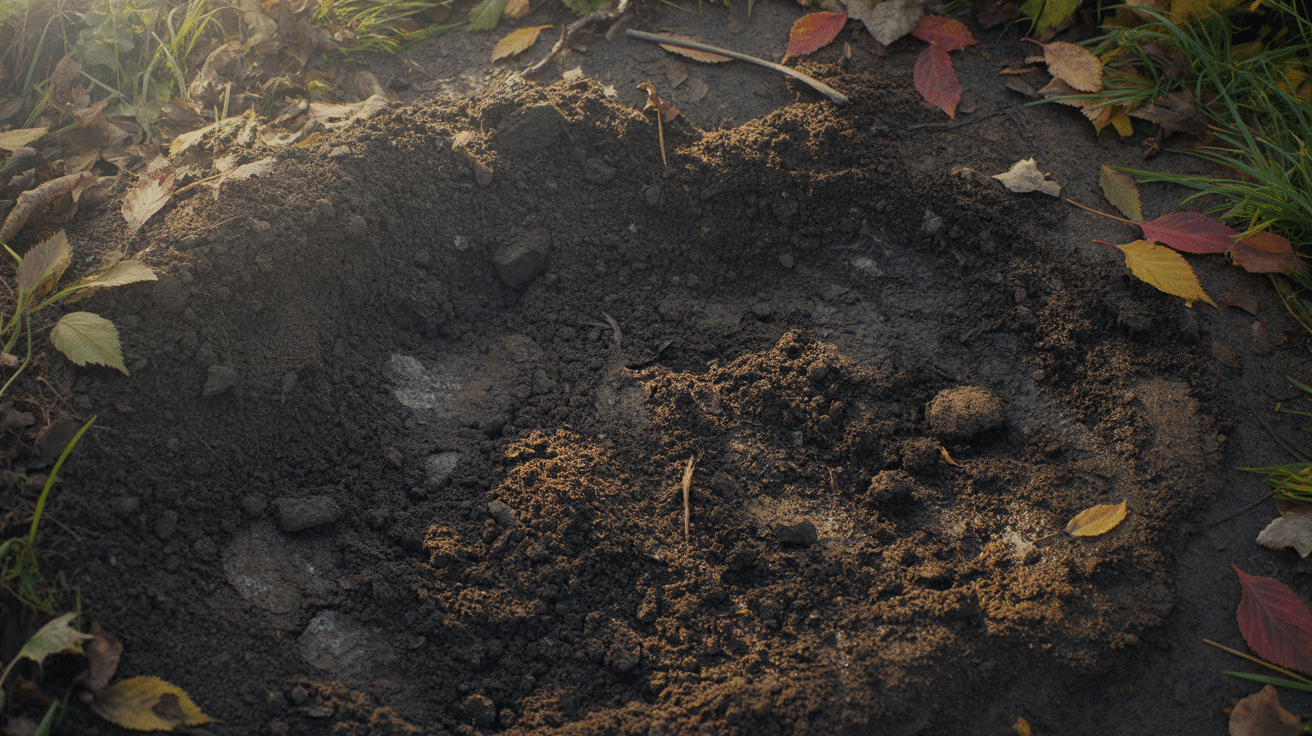
I’ve noticed my plants tell their own stories through their growth and appearance. When they struggle despite my good care, I’ve learned the soil is often the hidden culprit, particularly when I mix up my topsoil vs potting soil choices.
Container Warning Signs:
- Water sits on top instead of soaking in
- Soil pulls away from the pot sides
- Plants wilt even when the soil feels wet
Garden Bed Warning Signs:
- Water pools on the surface for hours after rain
- Soil forms a hard crust when dry
- Roots stay near surface instead of growing down
Takeaways
The topsoil vs potting soil debate isn’t really a debate at all – each serves a different purpose in my garden.
I use topsoil for in-ground projects like filling holes and building garden beds where plants have room to spread. Potting soil works best in my containers, hanging baskets, and indoor plants where drainage and root health matter most.
Understanding when to use each type has made me a smarter gardener. No more standing confused in the soil aisle during my weekend garden trips!


